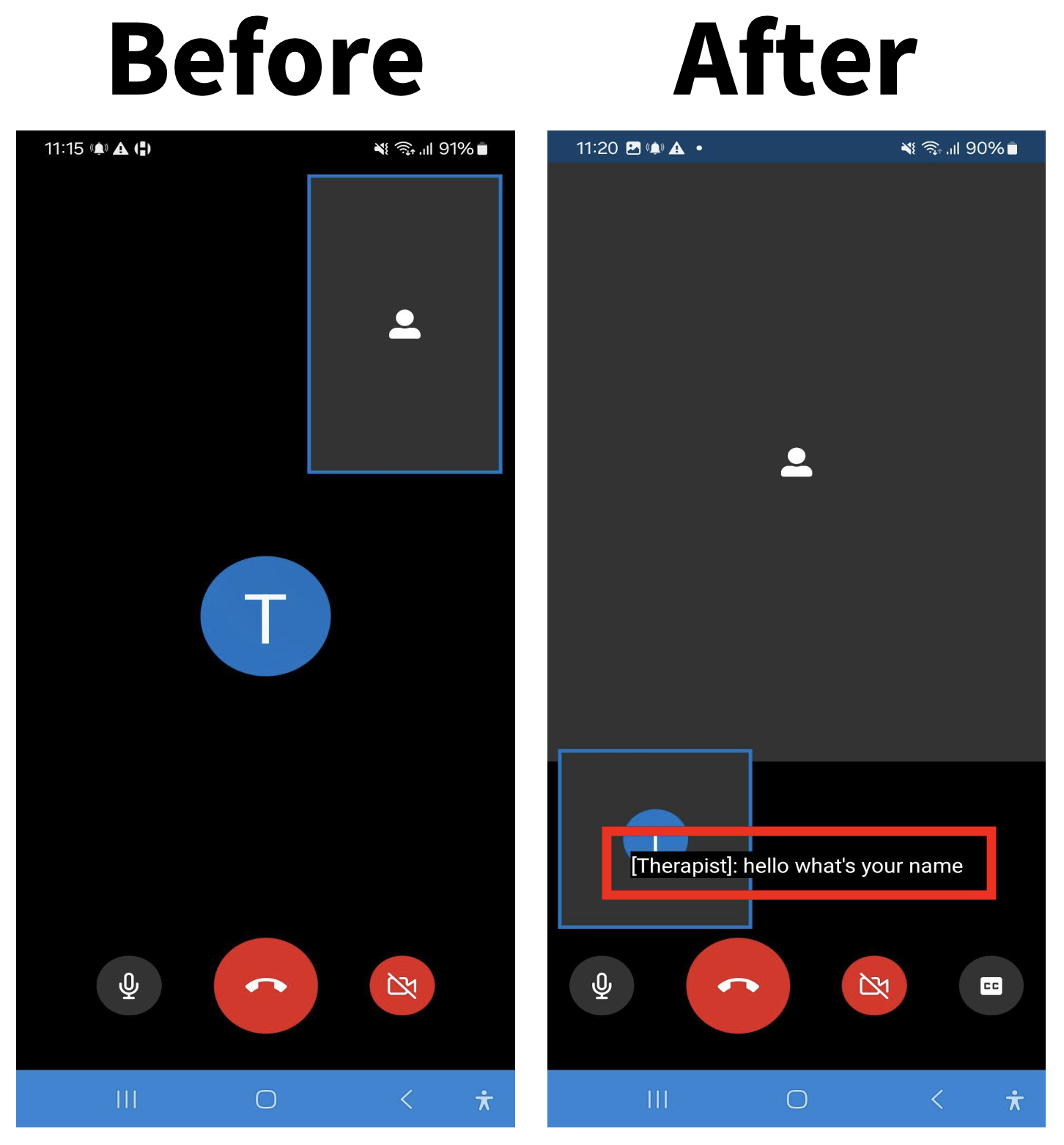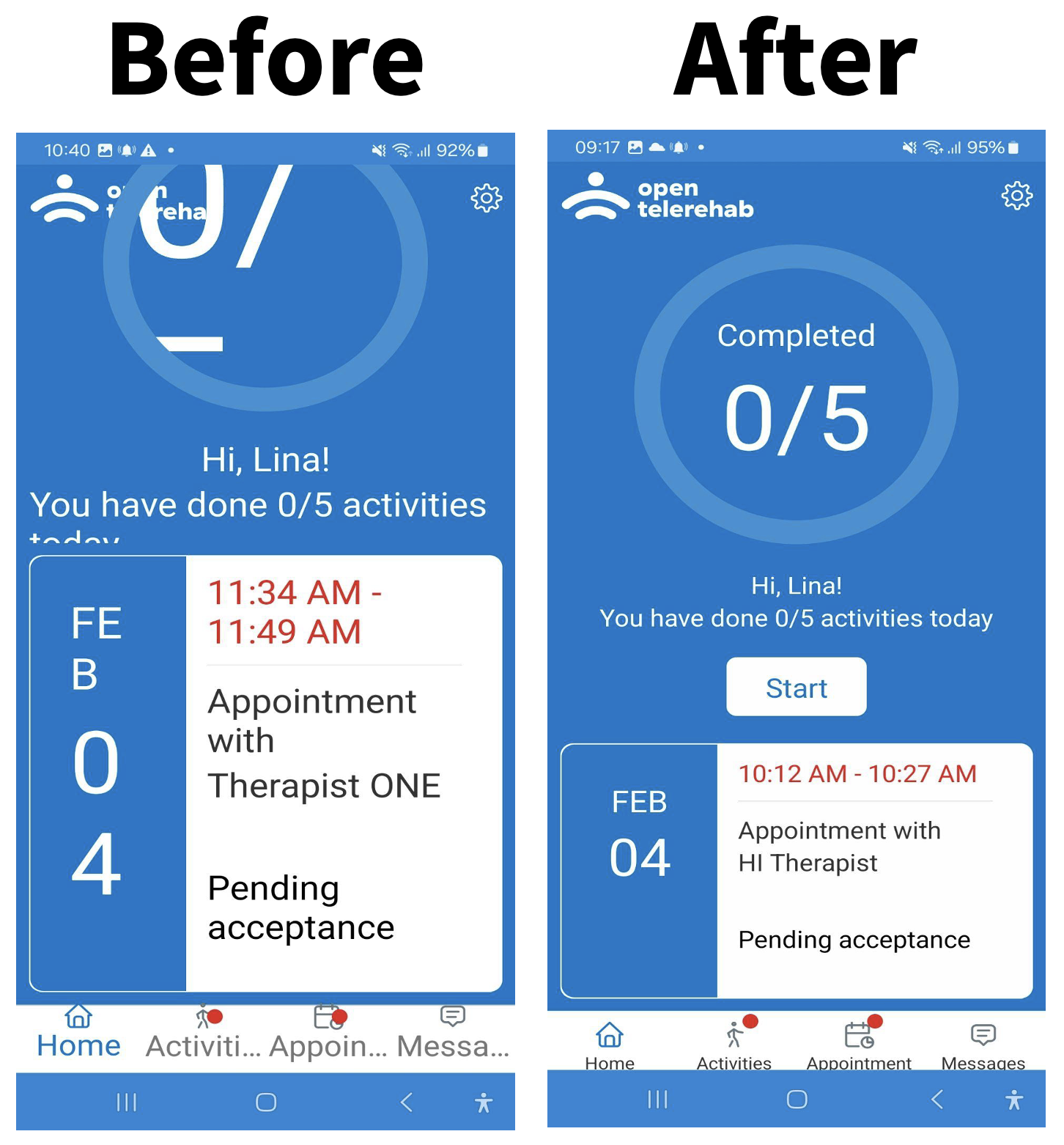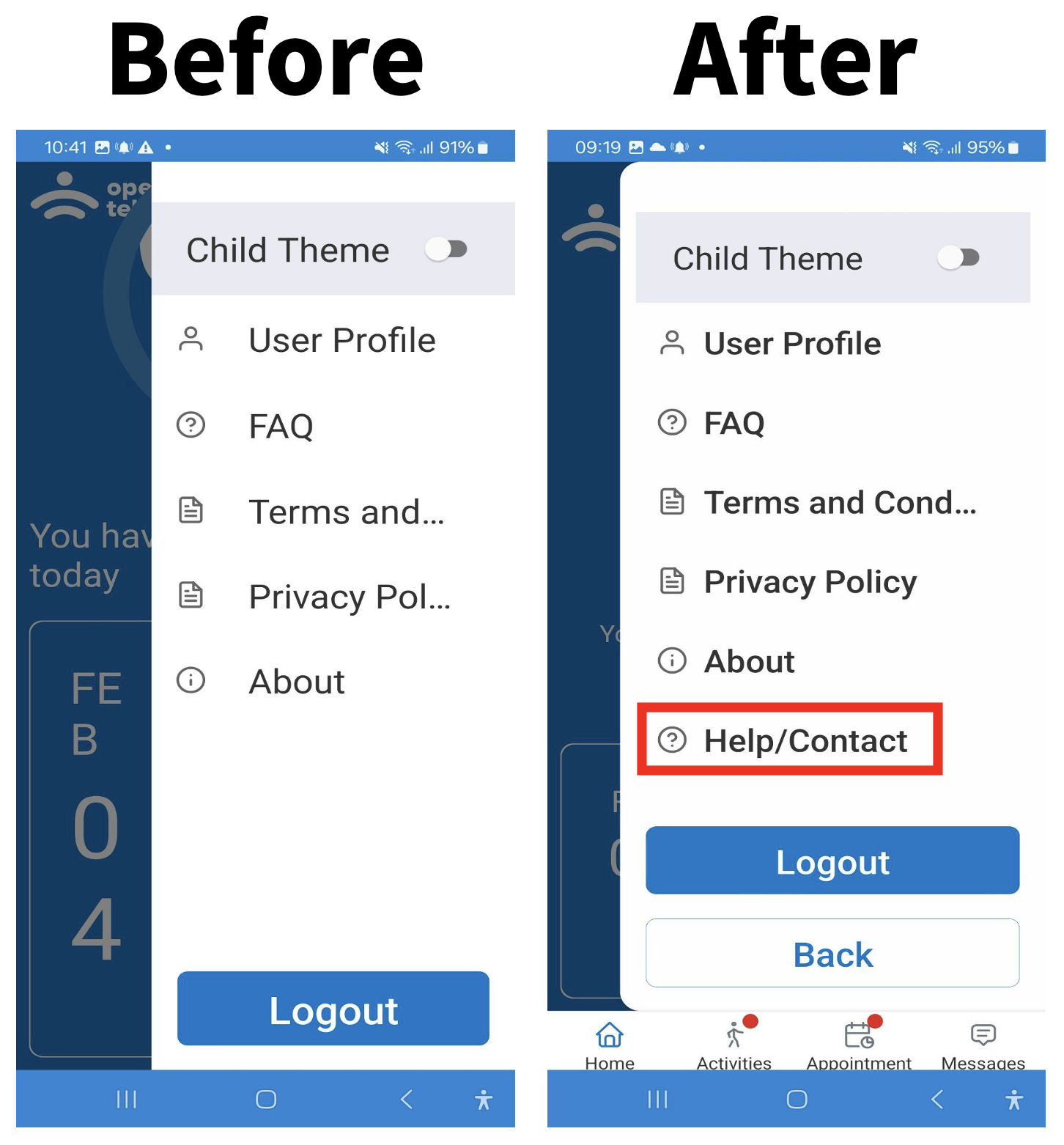In 2022, the World Health Organization (WHO) and the International Telecommunication Union (ITU) introduced the Global standard for accessibility of telehealth services .
Following the release, Humanity & Inclusion, an international non-governmental organization committed to inclusion and a non-state actor in official relations with WHO, upgraded its telerehabilitation platform OpenTeleRehab to align with these standards, making it one of the first known applications.
Importance of accessibility in rehabilitation services
Rehabilitation is an essential part of universal health coverage. An estimated 2.6 billion people currently live with a health condition that may benefit from rehabilitation services, but this need is largely unmet.
With the COVID-19 pandemic precipitating the development of telehealth services, it provided a critical opportunity for rehabilitation service providers to think of ways they can optimize their reach and design services that meaningfully include and benefit everyone, such as persons with disabilities.
Key improvements in OpenTeleRehab
Since its launch in 2021, OpenTeleRehab has reached over 1000 users worldwide. In its original design, the telerehabilitation platform included accessibility features, but significant refinements were needed to meet the WHO-ITU Global standard for accessibility of telehealth services.
In February 2025, a software developer identified and tested several areas for improvements before release, such as:
- Enhancing compatibility with assistive devices
Telehealth platforms are often not compatible with assistive devices that persons with disabilities may use, such as screen readers and Braille keyboards. Compatibility with other devices is greatly improved by making sure that every part of the OpenTeleRehab interface is properly labeled and navigable. With this upgrade, mobile screen readers now function seamlessly and dynamic text scaling allows users to adjust font size without disrupting usability.
- Improving visual accessibility
The visual features of telehealth platforms can significantly improve accessibility for many persons with disabilities, especially those with a vision impairment. In the OpenTeleRehab upgrade, the platform's color contrast was optimized and a high-contrast mode was introduced. Furthermore, the screen magnification was enhanced, allowing users to scale the interface without distortion.
- Augmenting communication accessibility
Features such as text-to-speech and captioning improve the communication accessibility of telehealth platforms for many persons with a sensory, learning or language difficulty. In OpenTeleRehab's first release, the text-to-speech functionality was limited to exercise instructions. The upgrade provided an opportunity to extend this functionality to the entire patient mobile app. Automated multilingual captions were also added to improve accessibility for users who are deaf or hard of hearing.
- Simplifying navigation and access to help
Clear interfaces that are easy to navigate can enhance accessibility for all users. But more than an enjoyable aspect, it is an essential component of the digital experience for persons with disabilities, especially those with a learning difficulty, anxiety disorder, or mobility impairment.
The OpenTeleRehab navigation was streamlined by restructuring content to reduce unnecessary scrolling and introducing "Next" and "Previous" buttons. These features benefit users with motor impairments. Additionally, a new Help/Contact section displaying therapist and clinic phone numbers was also added to improve user support.
Illustration 1: Implementation of auto captions for online calls

Illustration 2: Harmonized display when the font size is set to a maximum

Illustration 3: Creation of an easily accessible "Help/Contact" button

Key challenges in implementing accessibility standards
Bringing OpenTeleRehab in line with the WHO-ITU accessibility standards was a process that was not without its challenges. The main challenges that had to be overcome during the platform upgrade included:
- Snowball effect when fixing a dynamic digital environment
Redesigning the user interface to meet accessibility requirements led to unexpected complications that had to be addressed. For example, increasing text size initially caused overlaps with other interface elements, which required extensive work to fix. Manual corrections also had to be performed to scale elements properly following changes. Content that is dynamically generated proved particularly difficult to trace, requiring additional customisation and meticulous adjustments.
- Limited access to a range of test tools and assistive devices
One significant drawback was the limited range of accessibility test tools available to the software developer, which frequently prioritized the requirements of users with a vision impairment over those with motor or cognitive impairments. Moreover, possibilities to conduct compatibility tests were hampered by the lack of access to some assistive technologies, such as Braille keyboards.
- Identifying quality captioning services
Selecting an accurate, multilingual, and open-source real-time captioning service proved to be another challenge. Many options that were trialled were either too slow, lacked language support, or were incompatible with specific web browsers.
- Repeated testing
The most resource-intensive aspect of the platform upgrade was undeniably the act of performing accessibility tests. Each change required evaluation with multiple assistive devices to ensure compatibility. Resolving issues that automated tools could not detect made the process time-consuming and labor-intensive.
Key lessons learned
Accessibility should be a core design principle, not an afterthought. Retrofitting accessibility provided far more challenging than designing it from the start.
One of the key lessons learned was that accessibility should be a core design principle, not an afterthought. Retrofitting accessibility, even if limited to specific features, into an existing user interface proved to be far more challenging than designing it from the start. By integrating the WHO-ITU accessibility standards from the beginning, development teams can significantly reduce work while enhancing usability.
Another crucial lesson was the importance of involving persons with disabilities in initial design, testing and feedback. Developers and testers, despite their best efforts, may not fully understand the real-world needs of users with disabilities. Engaging individuals with disabilities from the beginning of the development process can help identify critical accessibility issues, ensuring a more inclusive and user-friendly experience – for patients and health practitioners alike.
By improving its accessibility, OpenTeleRehab has evolved into a more inclusive telerehabilitation solution. Humanity & Inclusion remains committed to further accessibility enhancements and sharing insights with the global community.






